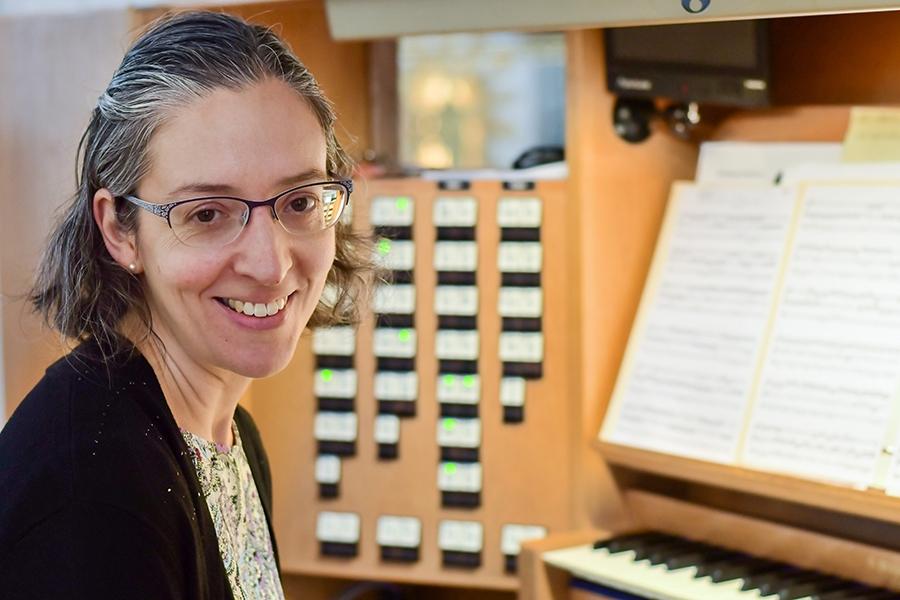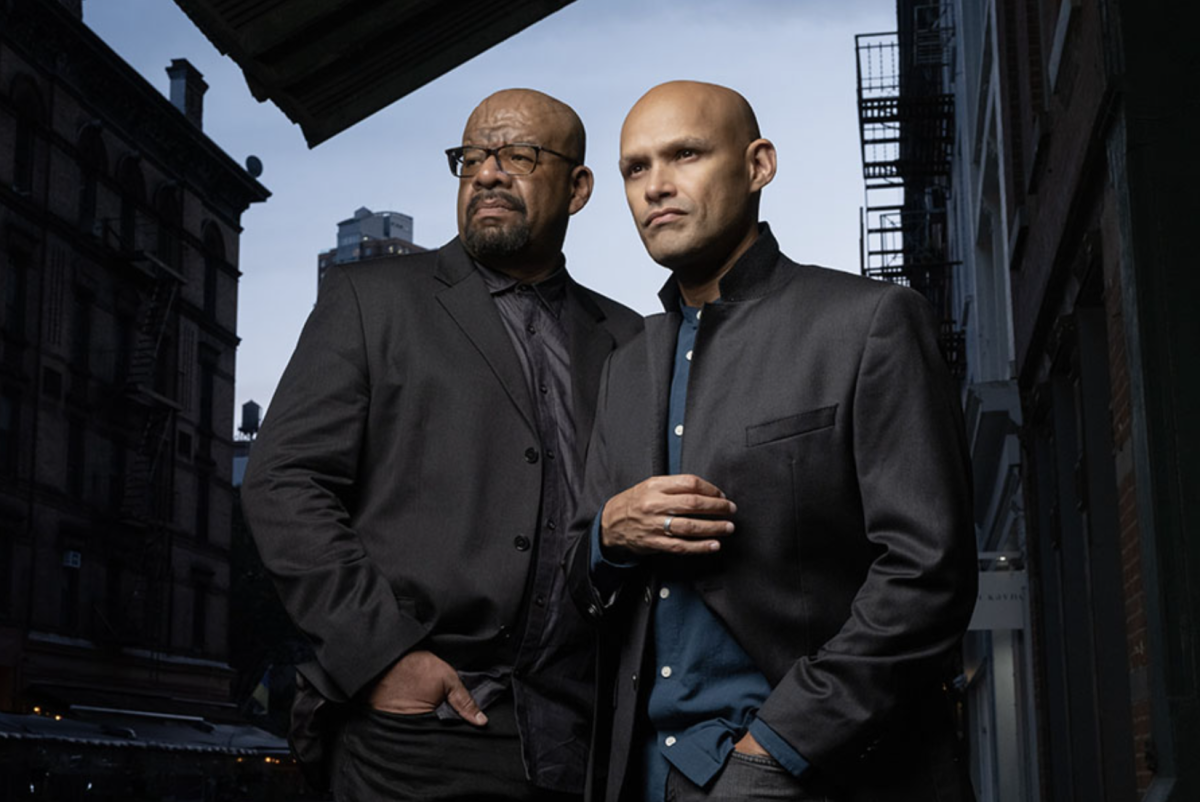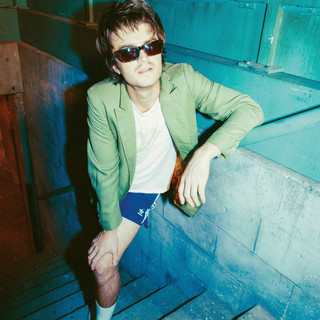This Sunday, Sept. 21, the Wellesley College Department of Music kicked off its annual concert series with an organ recital by Erica Johnson, Doctor of Musical Arts, who recently joined the faculty as College organist and instructor in organ. Performing a selection of seven pieces from across 17th century Europe, Johnson enthralled students, faculty, staff and visitors with her performance on Wellesley’s meantone Fisk organ in Houghton Memorial Chapel.
The concert featured seven composers ranging across Europe from the same approximate era. This is no accident — the tuning of the meantone organ makes it best suited for early Baroque repertoire, allowing those pieces to sound the way it is meant to. The second half of the concert began with a seldom heard selection from Anna Bon, an Italian composer Johnson specifically chose as part of her initiative to bring more women composers into concert programs at Wellesley. The first female organist in the College’s history, Johnson hopes to start her Wellesley years with a new focus on female composers, while also drawing the community towards her love of the instrument. The organ is “truly a gem,” she said.
After the concert, audience members were invited to take a tour of the organ with students from the Organ Club, Johnson and Carol Lubkowski, the College’s music librarian. Upstairs, visitors could see Jingyi Dai ’22 breathlessly explain the calcant, a vital component of the organ that comprises a set of bellows, pipes and giant wooden levers. Dai stepped on and off the levers, sending huge breaths of air into the organ which, when in use, would allow the organ to fill the chapel with its music. Visitors were also invited to try calcanting, which in today’s music world is quite rare. The need for human operation and the specific tuning of the instrument makes the Wellesley instrument unique, even amongst other replications of early organs. The College organ does occasionally use an electric motor to supply the air, but the constant stream affects the sound quality and musicality that can only be achieved with manual operation of the calcant.
According to an article in the Fall 1977 issue of the Wellesley Alumnae Magazine, Owen Jander, the then-head of the Music Department, came up with the idea to bring a new organ in the 1950s, at around the same time that the Jewett Arts Center was built and Billings Hall ceased its function as the College’s music building. Although the Jewett Auditorium was constructed with an organ loft, financial shortcomings prevented the College from acquiring an instrument at that time.
The organ was completed in 1981 and was the first renaissance pipe organ in America. It was built by Boston-based organ maker Charles Fisk, who in the making of the Houghton Chapel organ took several trips to Europe to study early organs. Wellesley’s organ is a replication of a 17th century pipe organ that was found in a castle somewhere in North Germany. In articles about the organ, Fisk explained that he drew inspiration from the works of Friedrich Stellwagen, Gottfried Fritzsche and Michael Praetorious.
The Wellesley organ was celebrated by music experts and organ enthusiasts at the time of its arrival. Alan Curtis, a professor of music at the University of California, Berkeley, said of the Fisk organ, “Because of its specialization it becomes more important as a teaching and research instrument. It will make Wellesley College a Mecca for all those interested in the early organ.” Today, students and staff revel in the instrument’s sound during Flower Sunday and throughout the year with the Collegium Musicum. When asked about her favorite aspect of the Wellesley organ, Lubkowski said, “It’s the most noise, the most music you can make by yourself.”
But for Erica Johnson, the instrument is only part of the joy of joining the faculty at Wellesley. Johnson, who had previously taught at the University of North Carolina School of the Arts, Salem College and the Oberlin Conservatory, is currently adjusting to her new role as a member of the Wellesley College community. When asked what she found most intriguing about the College, Johnson said, “I’m impressed by the high engagement by the students with music in the form of the Organ Club, ensembles, students taking lessons.” She cited the students’ dedication, curiosity and “above all, positive energy.”
“I’m just so thrilled to be here with this instrument. And to be able to communicate through it, it’s amazing,” she concluded.




